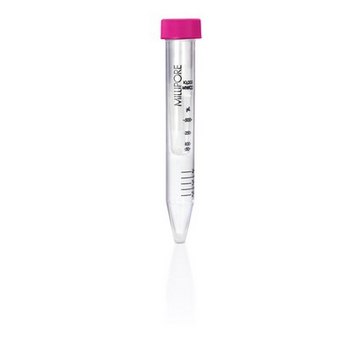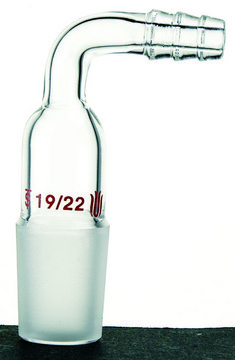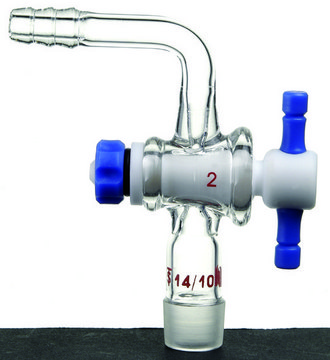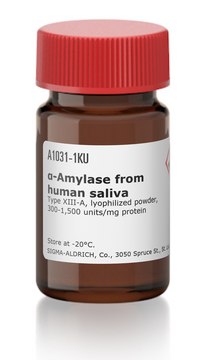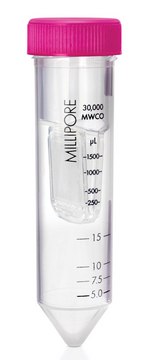ABS1671
Anti-Calreticulin Antibody, arginylated (Nt-Glu18)
from rabbit, purified by affinity chromatography
Synonym(s):
Calreticulin, Nt-Glu18 arginylated, Calregulin, Nt-Glu18 arginylated, CRP55, Nt-Glu18 arginylated, CRT, Nt-Glu18 arginylated, Endoplasmic reticulum resident protein 60, Nt-Glu18 arginylated, ERp60, Nt-Glu18 arginylated, grp60, Nt-Glu18 arginylated, HACBP
About This Item
Recommended Products
biological source
rabbit
Quality Level
antibody form
affinity isolated antibody
antibody product type
primary antibodies
clone
polyclonal
purified by
affinity chromatography
species reactivity
human
technique(s)
ELISA: suitable
immunocytochemistry: suitable
western blot: suitable
NCBI accession no.
UniProt accession no.
shipped in
ambient
target post-translational modification
unmodified
Gene Information
human ... CALR(811)
General description
Specificity
Immunogen
Application
Western Blotting Analysis: 0.2 µg/mL from a representative lot detected Calreticulin Nt-Glu18 arginylation induction in (18-hr 3 µM MG132 and 200 nM thapsigargin) treated HeLa cells (Courtesy of Yong Tae Kwon, Ph.D. , Seoul National University, Korea).
ELISA Analysis: A representative lot detected the immunogen peptide, but not the control peptide without arginylation at the N-terminal Glu18 (Cha-Molstad, H., et al. (2015). Nat. Cell Biol. 17(7):917-929).
Western Blotting Analysis: A representative lot detected Calreticulin Nt-Glu18 arginylation induction upon arginine-tRNA-protein transferase 1 (ATE1) 1A7A isoform overexpression or transfection of various dsDNAs, including poly(dA:dT), in HeLa cells. Combined proteasome inhibition and ER stress induction by an 18-hr 10 µM MG132 and 100 nM thapsigargin treatment synergized the two drugs′ efficacy toward cellular Calreticulin Nt-Glu18 arginylation induction (Cha-Molstad, H., et al. (2015). Nat. Cell Biol. 17(7):917-929).
Signaling
Quality
Western Blotting Analysis: 1 µg/mL of this antibody detected Calreticulin Nt-Glu18 arginylation induction in 7.5 µg of lysate from (17-hr 3 µM MG132 and 200 nM thapsigargin) treated HEK293 cells.
Target description
Physical form
Storage and Stability
Other Notes
Disclaimer
Not finding the right product?
Try our Product Selector Tool.
recommended
Storage Class
12 - Non Combustible Liquids
wgk_germany
WGK 2
flash_point_f
Not applicable
flash_point_c
Not applicable
Certificates of Analysis (COA)
Search for Certificates of Analysis (COA) by entering the products Lot/Batch Number. Lot and Batch Numbers can be found on a product’s label following the words ‘Lot’ or ‘Batch’.
Already Own This Product?
Find documentation for the products that you have recently purchased in the Document Library.
Our team of scientists has experience in all areas of research including Life Science, Material Science, Chemical Synthesis, Chromatography, Analytical and many others.
Contact Technical Service

